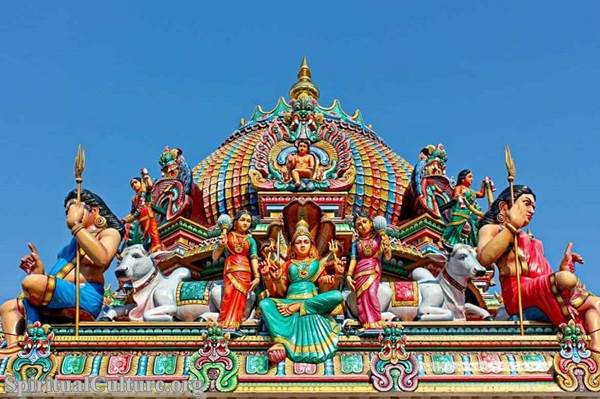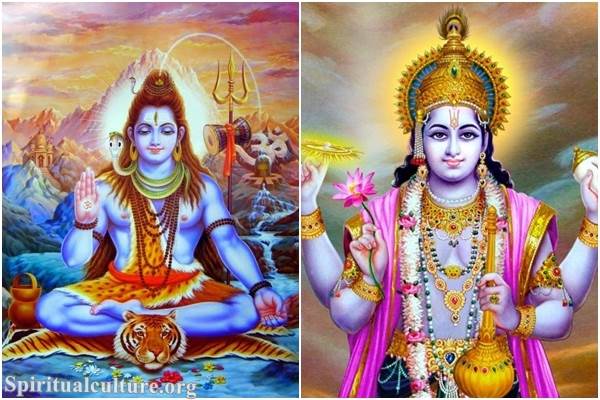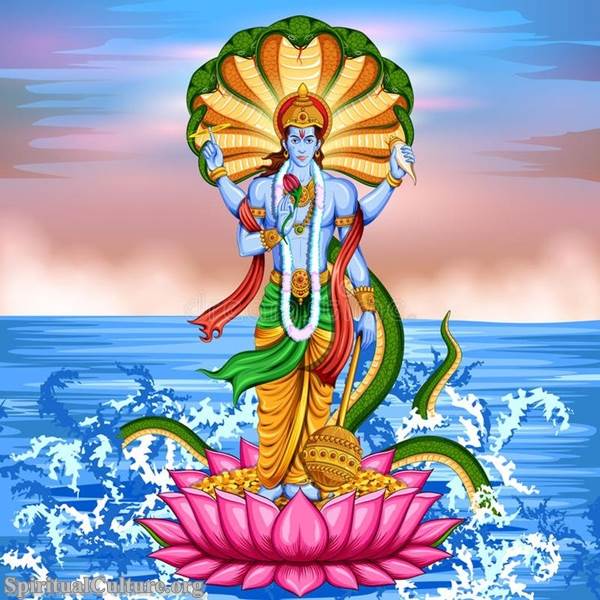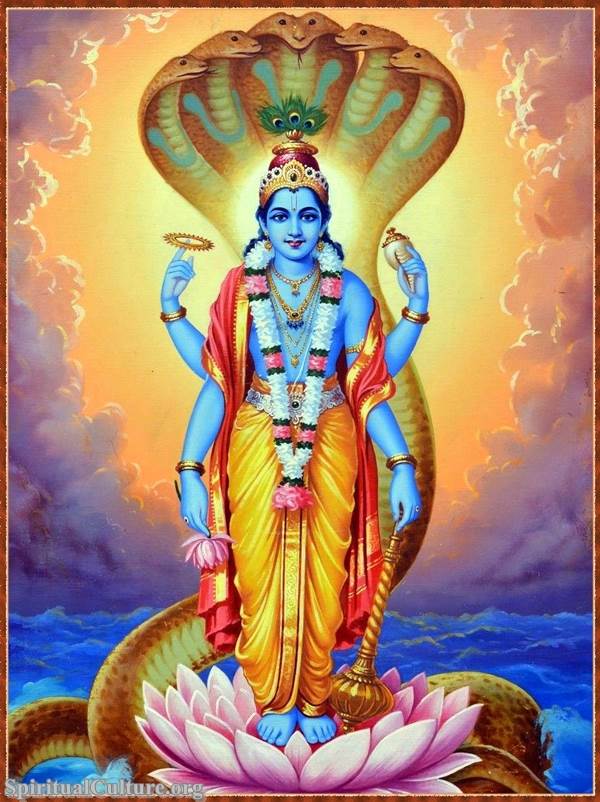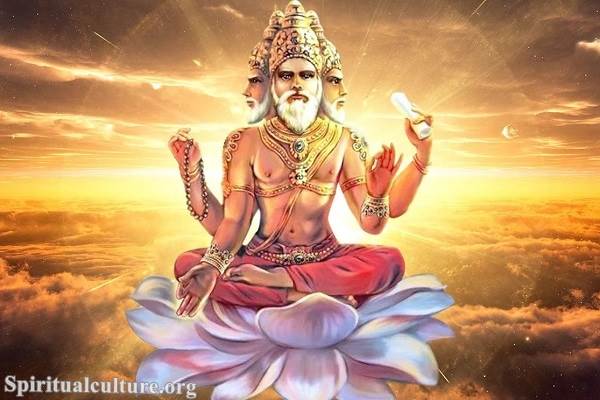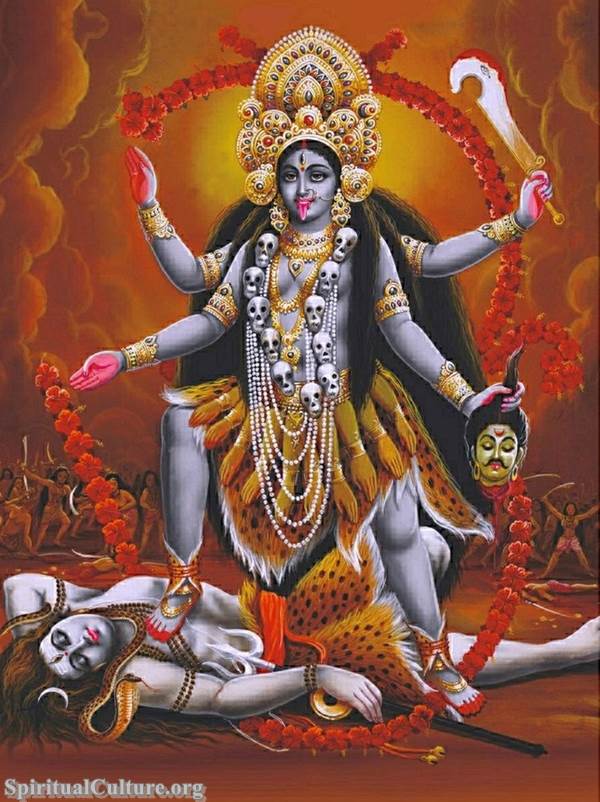The cow, a gentle creature of the earth, has long been revered in Hindu culture as a sacred embodiment of life itself. Its serene gaze, nurturing presence, and boundless giving nature echo the deepest spiritual yearnings of the human soul: to live in harmony, to sustain life, and to offer service without asking in return.
In this exploration, Spiritual Culture invites you into the heart of why the cow is not merely an animal in Hinduism, but a living symbol of dharma (righteousness), ahimsa (non-violence), and the divine presence that pervades all beings. We will uncover the layers of spiritual, cultural, and ethical significance that make the cow a timeless, sacred companion in the Hindu journey.
The Cow as a Symbol of Life and Motherhood
The Nurturer of Humanity
In Hindu tradition, the cow is affectionately called “Gau Mata” — Mother Cow. Just as a mother selflessly nourishes her child, the cow provides milk, sustenance, and nourishment to human society. This maternal role is seen not just in a biological sense, but in a cosmic one: the cow is revered as a symbol of the Earth itself, which endlessly gives life and resources without complaint.
“The cow is our mother,” teaches the ancient scripture Mahabharata, “for she gives us milk, sustains our life, and deserves our veneration.”
Earthly Embodiment of Kamadhenu
Hindu mythology speaks of Kamadhenu, the divine wish-fulfilling cow, born from the churning of the cosmic ocean (Samudra Manthan). Kamadhenu embodies abundance, fulfillment, and the unending grace of the divine. Every earthly cow is seen as a reflection of Kamadhenu’s sacred bounty.
The Principle of Ahimsa and Reverence for All Life
Non-Violence as a Sacred Duty
Ahimsa, or non-violence, lies at the core of Hindu ethics. Revering the cow is an extension of this principle. Harming a cow — a symbol of innocence, gentleness, and giving — is considered a grave moral offense. Protecting cows is seen as protecting the very values that sustain spiritual life.
The Rig Veda (10.87.16) prays: “The cow is pure and innocent. She should not be harmed. She should be loved and protected.”
Ethical Vegetarianism
The spiritual reverence for cows has deeply influenced the widespread practice of vegetarianism among Hindus. Choosing not to consume the flesh of a cow (or any living being) becomes a daily act of honoring life and minimizing harm.
The Cow in Hindu Rituals and Festivals
Daily Worship and Ritual Offerings
In many Hindu households, cows are ritually honored every morning. Devotees feed them with reverence, garland them with flowers, and touch them seeking blessings. The cow’s presence sanctifies daily life.
In the temple traditions of South India, it is common to see cows cared for within temple complexes. They are offered fruits, jaggery, and grains as a form of sacred service (seva).
Gopashtami: Celebrating the Divine Cowherd
Gopashtami is a special festival that celebrates Krishna, the divine cowherd, and his intimate relationship with cows. On this day, cows are bathed, decorated, and worshipped with chants and offerings. It is a moment when the everyday and the eternal meet — reminding us that tending to life with love is a path to the divine.
The Cow and Lord Krishna: A Bond Beyond Time
Krishna as Govinda and Gopala
Lord Krishna, one of the most beloved deities in Hinduism, is often depicted as “Govinda” (protector of cows) and “Gopala” (cowherd boy). His early life among the cows of Vrindavan symbolizes the harmony between human and nature, the sacredness of service, and the joy found in simplicity.
The Bhagavata Purana recounts how Krishna played his flute, surrounded by cows enchanted by his music. This image portrays a universe where love, nature, and divinity dance as one.
The Flute and the Herd
Krishna’s flute calls not only to the cows but to the human soul. It reminds us that the path of devotion is gentle, alluring, and natural — not forced or coerced. In following the “call” like the cows of Vrindavan, the devotee learns to follow the music of the soul back to the Source.
Socio-Economic Role of the Cow in Traditional India
Sustaining Rural Life
Beyond spiritual symbolism, the cow has been an economic lifeline in traditional Indian society. Cows provide milk, dung for fuel and fertilizer, and labor for tilling the land (in the case of bulls). Thus, honoring cows has practical roots in ensuring the well-being of entire communities.
In this sense, protecting cows is protecting the village itself — its food, energy, and future.
Cow Dung: A Sacred Resource
In Hindu culture, cow dung is not considered waste but a blessing. It is used to purify homes, fertilize crops, and fuel sacred fires (homa). Modern studies even confirm its antiseptic properties. This ancient wisdom reveals a deep ecological consciousness woven into Hindu spirituality.
The Cow in Sacred Texts: Divine Teachings
Vedas and Smritis
The Vedas frequently reference cows as symbols of wealth, happiness, and religious merit. In the Atharva Veda, cows are invoked as “sacred beings” upon whom humanity depends.
The Manusmriti (an ancient Hindu legal text) states: “The killing of a cow is as grave as the killing of a Brahmin (a learned priest)” — highlighting the immense sanctity attached to these creatures.
The Mahabharata and Ramayana
Epic tales like the Mahabharata and the Ramayana reinforce the cow’s revered status. In both, acts of protecting or gifting cows are seen as acts of great piety, while harm to cows is associated with social decline and spiritual degradation.
Cows, Ecology, and the Spiritual Ecology of Hinduism
Living in Balance
The Hindu view of the cow is not just sentimental; it is ecological. Reverence for the cow encourages living lightly upon the earth, taking only what is needed, and returning nourishment to the soil.
In a world increasingly burdened by ecological crises, this ancient ethic of sacred stewardship offers powerful guidance for healing the earth.
A Model for Compassionate Living
To honor the cow is to honor the principle that life is interconnected. Just as the cow gives without expectation, humans are invited to live lives of giving, gratitude, and gentle coexistence.
Challenges and Modern Reflections
Commercialization and Misinterpretations
In modern times, the cow has sometimes become entangled in political and social controversies that obscure its true spiritual meaning. Spiritual Culture calls us to remember: reverence must be rooted in love, not in exclusion or violence.
True respect for the cow means respect for all life — and fostering a culture of compassion, not coercion.
Reimagining Sacred Responsibility
Today, protecting cows is not just about religious rituals but about nurturing sustainable farming, ecological balance, and a non-violent way of life. It is a call to live the spirit of Gau Mata in every choice we make.
Reflect and Reimagine
The cow in Hindu culture is not a relic of the past, but a living testament to an eternal truth: that life is sacred, that giving is divine, and that gentleness is strength.
To honor the cow is to honor the mother within all creation — the giver, the nurturer, the sustainer. In a world hungering for compassion and connection, this ancient reverence offers a beacon of hope.
As you reflect on the sacredness of the cow, ask yourself:
- How can I live with greater reverence for all life?
- Where in my own life can I embody the spirit of gentle giving?
- How might I serve the earth, as the cow serves humanity?
The answers are not far away. They are as close as the earth under your feet, the breath within your body, and the sacred heartbeat of life that pulses through all creation.
Spiritual Culture invites you: Walk gently. Live gratefully. See the sacred in every living being.
